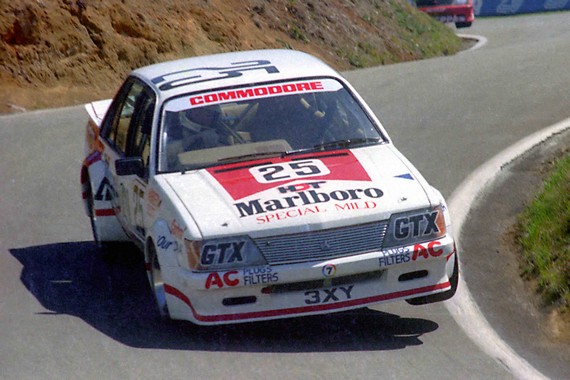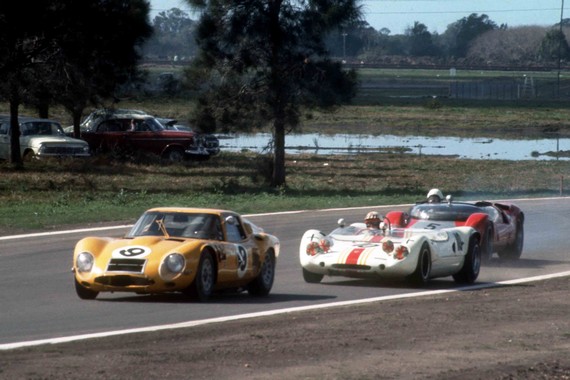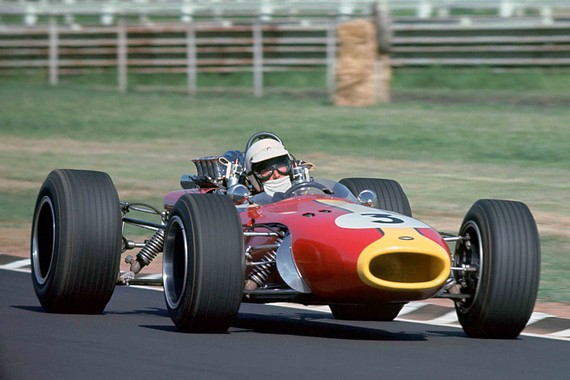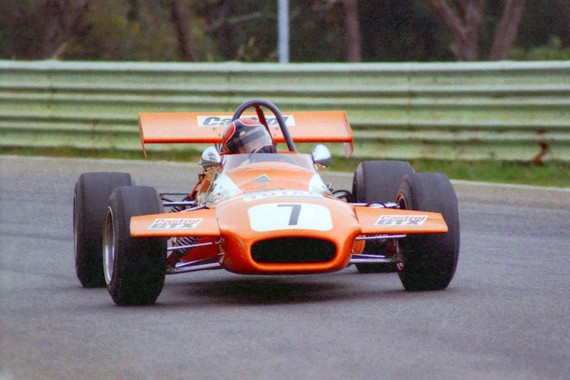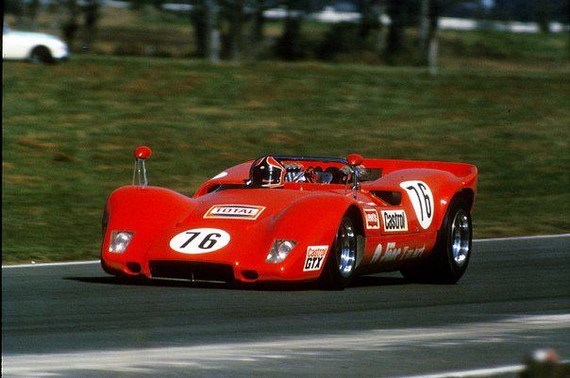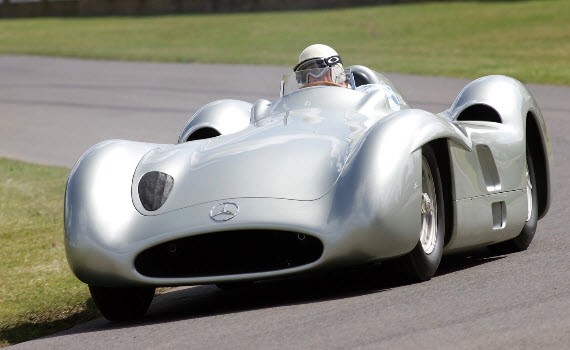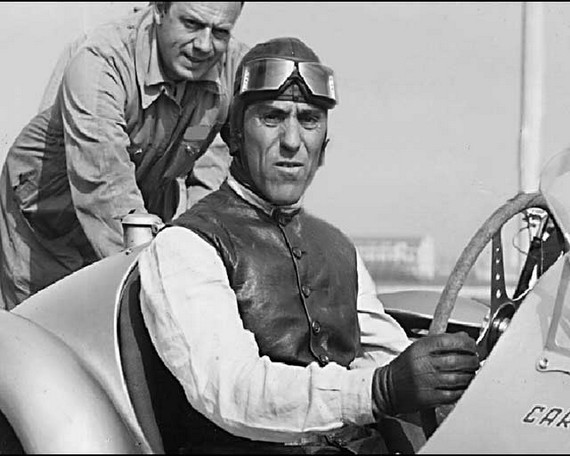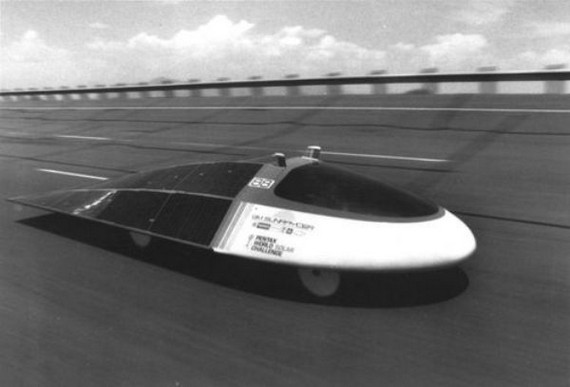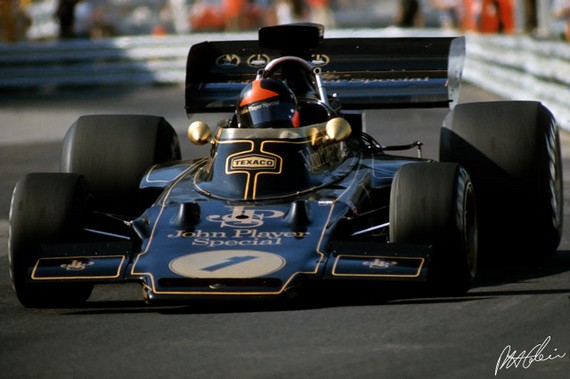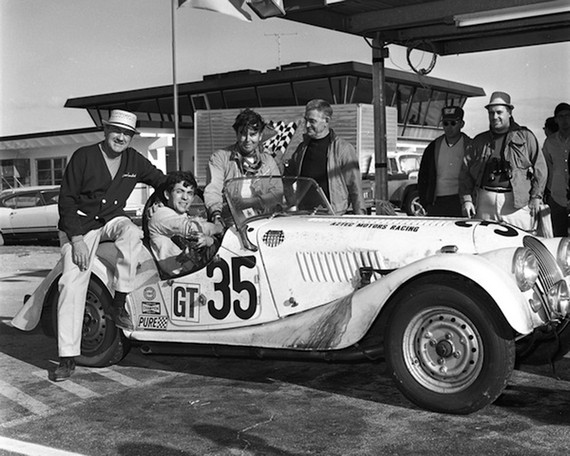A three-time World Champion frustrated by a not so competitive car has to make a decision. But Ayrton Senna was pushing.
In October 1993, a year after he tested the Penske Indycar Ayrton Senna had to make a decision. As a Ford Cosworth customer team, versus Benetton and Schumacher’s works Ford car, Senna and McLaren still won five races, to Schumacher’s one.
The champion though was Alain Prost – Senna’s arch-rival. Frustrated at being beaten by Prost, and not being Ford’s works team, McLaren looked elsewhere, and mid-1993 a deal was struck with Chrysler which then owned Lamborghini.
There was a lot of frustration all around.
McLaren adapted an MP4/8 chassis to house the tiny V12 engine, and in September 1993, behind closed doors, they tested a totally unliveried car with Lamborghini power. The Monday after that year’s Portuguese Grand Prix, McLaren again tested the Chrysler-Lamborghini car, and Senna was so impressed he asked Ron Dennis, then team principal, if he could race it in the final race at Japan. The answer was “no”. This was the day after Alain Prost announced his retirement.
McLaren’s then test driver Mika Hakkinen, who that Estoril weekend replaced Michael Andretti for the races, had tested the Lamborghini car too at Silverstone, and was over a second faster in it than with the Cosworth version. The answer was still “no”. Senna, who won the final two races after Estoril in Japan and Australia, and had started the year on a race-by-race contract, had had enough, and despite being tempted by America and CART, the Brazilian signed for Williams for 1994 to replace Prost.
McLaren signed with Peugeot, and not Chrysler-Lamborghini, which did not go down well with the American/Italian companies as they had made a special effort to provide McLaren with a smaller, lighter engine. Chrysler PR director Tom Kowaleski said:
“We are disappointed to say the least. We have worked very hard in the last few months, including a very intense period recently putting together a team to interface with McLaren and TAG Electronics. The car was very quick and Ayrton Senna said some encouraging things about it. There was a strong agreement to proceed together for the future. The decision may say something about F1. It’s no secret that the marque must look at its costs, and we wanted to introduce our lean and efficient approach to it.”
With Hakkinen and Martin Brundle, there were no wins for McLaren in 1994, and at the end of the year, the French company was replaced by Mercedes-Benz. That too, didn’t start well, but in the years to come McLaren Mercedes became the dominating force.
Senna’s McLaren career ended at Adelaide in 1993. And despite all the animosity between them, with Prost on the podium that day too, they ‘kissed and made up’.
Adelaide was Senna’s final win, and final podium.
Special thanks to www.sutton-images.com for the images of the plain white McLaren test.
By Andy Hallbery follow me on twitter @hallbean
Ayrton Senna: Testing the McLaren Lamborghini is a post from Motorsport Retro, bringing you classic motorsport, cars, motorcycles and gear every day.








